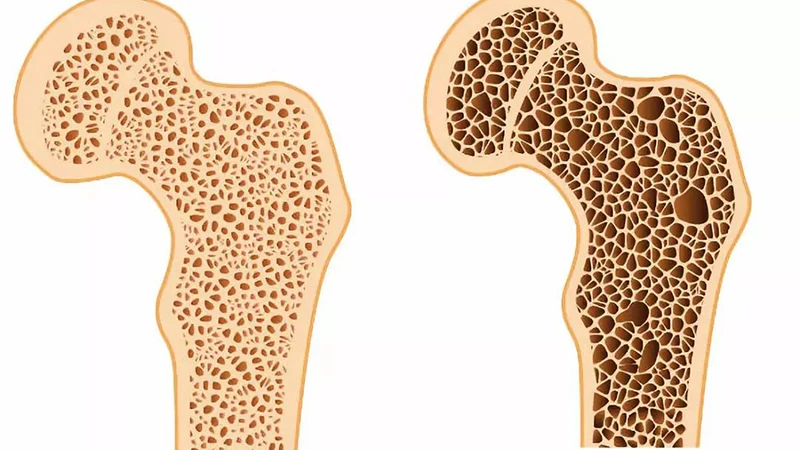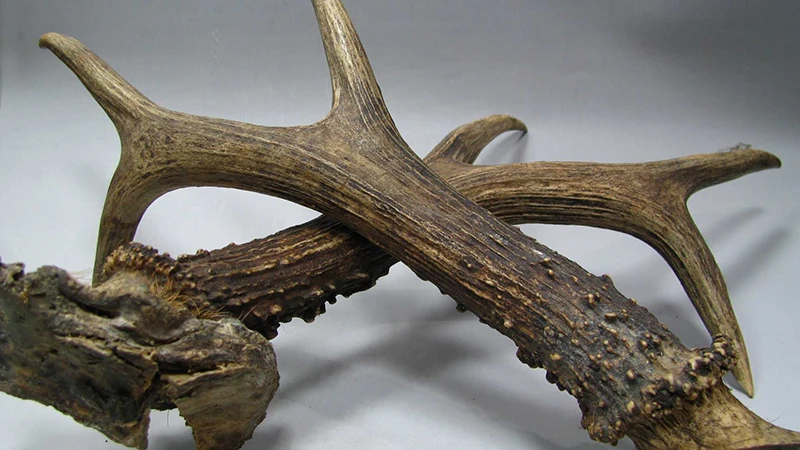As we age, our bodies inevitably face certain health challenges, and osteoporosis is one of the most common. This silent condition weakens bones, making them more susceptible to fractures, even with minor falls or bumps. For millions of people, particularly those over 50, osteoporosis reduces the quality of life, often leading to chronic pain and limited mobility.
In China alone, approximately 84 million older adults are at risk for osteoporosis, with around 33% of people aged 50–70 already suffering from the condition. This rate jumps to 66% for those over 80. Understanding how this disease develops and what steps can be taken to combat it is crucial for aging populations worldwide.

The Science Behind Bone Health
Our bone health is not a static aspect of our bodies; it evolves throughout our lifetime. According to medical experts, bone mass starts accumulating in childhood, reaching its peak between ages 25 and 35. However, by the age of 40, we begin to lose bone density, which can lead to osteoporosis over time. This progressive loss of bone density makes bones more brittle and prone to fractures. It's important to realize that everyone is at risk, and although the onset of bone loss is inevitable, the speed and severity can be managed.
From a traditional Chinese medicine (TCM) perspective, the root cause of osteoporosis lies in deficiencies of the kidney and spleen. In TCM, the kidneys are believed to govern bones and support growth and regeneration, so when kidney energy weakens with age, bones lose their nourishment. Similarly, the spleen’s ability to digest and distribute nutrients diminishes, leading to weakened overall bodily health, including bone strength.
This theory aligns with modern medicine’s understanding that a lack of vital nutrients, particularly calcium and vitamin D, accelerates the deterioration of bones. Understanding these principles offers both practical and therapeutic approaches to delaying the onset of osteoporosis.
Identifying the Stages of Osteoporosis
Osteoporosis progresses through various stages, starting from low bone density to mild, moderate, and finally, severe osteoporosis. In the early stages, symptoms are not always noticeable. However, if you find yourself frequently experiencing lower back pain, muscle cramps, or reduced height, these could be warning signs. During the mild and moderate stages, lifestyle changes such as increased physical activity and a calcium-rich diet may help slow the progression. But by the time osteoporosis reaches its severe stage, medical intervention and treatments are required, especially if fractures have already occurred.
The most vulnerable areas for osteoporosis-related fractures are the hips, wrists, and spine, which bear most of the body’s weight and are essential for maintaining mobility. When these bones weaken, even a small fall or misstep can result in serious injuries that can take months or even years to heal. Preventing fractures in these critical areas should be a priority for anyone diagnosed with osteoporosis or at risk for the disease.
Practical Tips for Bone Health
Osteoporosis may be unavoidable, but there are many preventive measures that can be taken to delay its effects and maintain stronger bones for longer.
1. Get Enough Sunlight: Vitamin D is essential for calcium absorption, and one of the best sources of vitamin D is sunlight. Aim for at least 20 minutes of sun exposure each day, especially in the morning or late afternoon when the sun’s rays are not as harsh. This natural method helps keep bones strong and ensures better overall health.
2. Engage in Regular Exercise: Physical activity is crucial for bone health. Exercises like Tai Chi, brisk walking, light jogging, and other low-impact aerobic exercises strengthen muscles and bones. Aim for at least 30 minutes of moderate exercise, three to five times per week. Consistent movement reduces calcium loss and promotes better bone density.
3. Eat a Calcium-Rich Diet: Incorporate calcium-heavy foods like dairy products (milk, cheese, yogurt), as well as non-dairy options such as tofu, seaweed, eggs, mushrooms, and shrimp into your diet. These foods provide the necessary nutrients to maintain bone strength. For those who struggle with lactose intolerance, fortified plant-based milk can be a great substitute.
4. Include Herbs in Your Diet: In TCM, certain herbs are thought to enhance calcium absorption and improve bone health. Consider adding small amounts of herbs such as deer antler (鹿角) and Epimedium (仙灵脾) when preparing broths or stews. These can be added to traditional Chinese soups or dishes that use bone broths, helping nourish the body from the inside.
5. Quit Harmful Habits: Smoking and excessive alcohol consumption are major risk factors for osteoporosis. Both habits interfere with the body’s ability to absorb calcium and build strong bones. Reducing or quitting these behaviors is essential for long-term bone health.
As osteoporosis makes bones more fragile, daily activities can become more dangerous. Simple tasks like walking on a wet floor, climbing stairs, or even bending down can result in serious falls. To avoid accidents, wear non-slip shoes and avoid high-risk movements, especially on slippery surfaces or in low-light environments.
Additionally, for those already diagnosed with osteoporosis, regular bone density monitoring and preventive treatments are critical. For women post-menopause, and for individuals with a family history of osteoporosis, routine check-ups and early detection play a key role in managing the condition.
Living Stronger, Living Smarter
While osteoporosis may be a common part of aging, it is not inevitable. Through a combination of proper nutrition, regular exercise, and healthy lifestyle choices, the onset of bone loss can be delayed. For those already dealing with the condition, following expert advice and integrating both modern medicine and TCM can help improve bone strength and overall quality of life.
By being proactive and taking care of your bones today, you can enjoy a more active, healthy, and independent life tomorrow.


